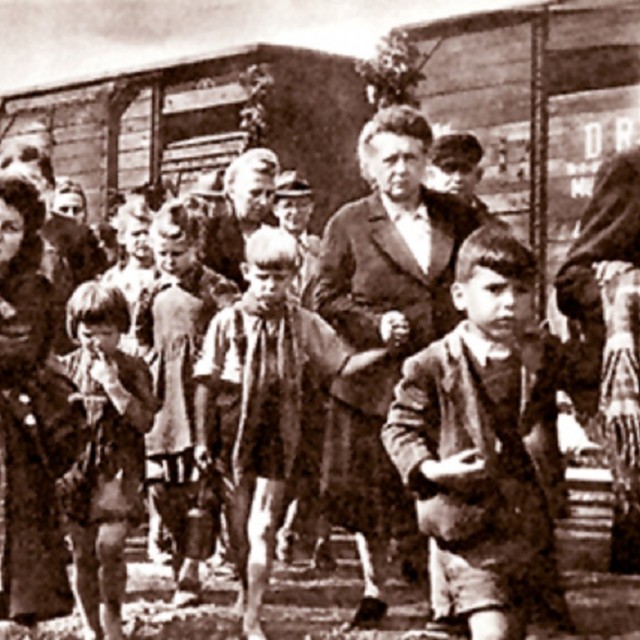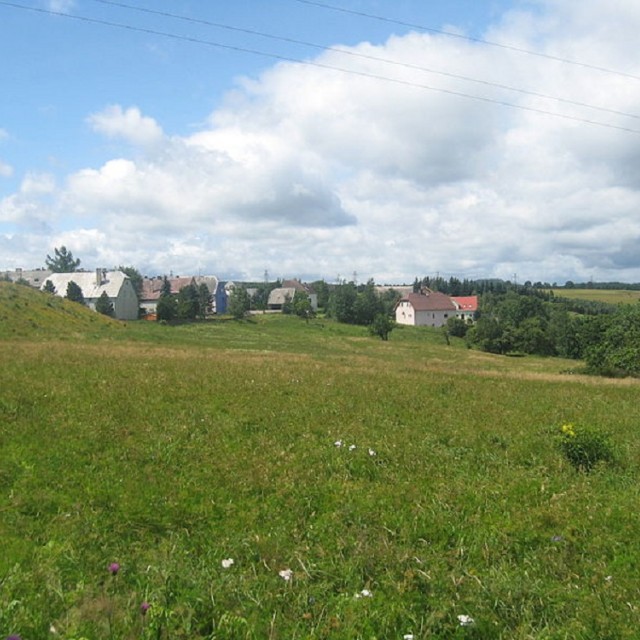Country Gone Wild
Jiří Stránský’s father was in frequent contact with the Czech National Council towards the end of World War 2. The body authorised him in May 1945 to supervise the eviction of the Sudeten Germans in north Bohemia, in particular in Hora Svatého Šebestiána. Jiří Stránský eventually convinced his father to take him along for his north Bohemian mission. “My father’s mother was an Austrian and she brought him up in the German way. As a boy, he used to go to his relatives in Krušné Mountains (Egerland in German) for holidays where he learned the Egerlander dialect of German, which is incomprehensible to most Germans. The worst and wildest expulsion of Sudeten German on our western border took place around Hora Svatého Šebestiána after the war.” Jiří who was fourteen years old at the time witnessed events that he described in his lifetime achievement, Zdivočelá země (Country Gone Wild) many years later. The villagers of Hora Svatého Šebestiána invited Jiří Stránský as the author of the very popular TV series, Zdivočelá země, to Hora Svatého Šebestiána for a discussion. “I thought that the meeting would not be a very pleasant one, because I didn’t spare the local Czechs in the screenplay. Some three hundred people gathered in the community centre, locals and folks from the villages around as well.” The discussion took maybe two hours; the visitors asked primarily about the connections between the Zdivočelá země storyline and historical reality. At the very end, an old gentleman took the floor and Jiří Stránský anticipated his speech with a lot of suspense. “But what he said was amazing: ‘Most of all, we should thank Mr. Stránský for being so kind to us.’ And he was right – I never exaggerated when writing Zdivočelá země, actually I would always soften things somewhat.”
Hodnocení
Hodnotilo 0 lidí
Routes
Not a part of any route.
Comments
No comments yet.



